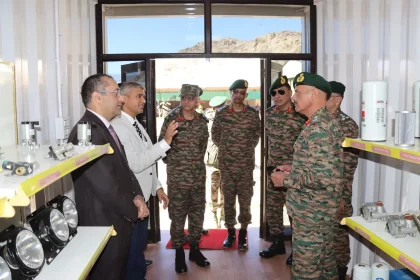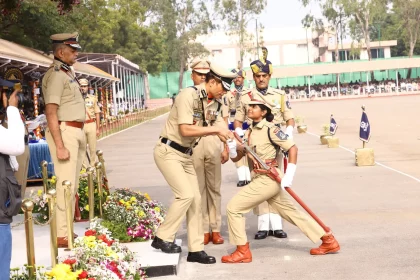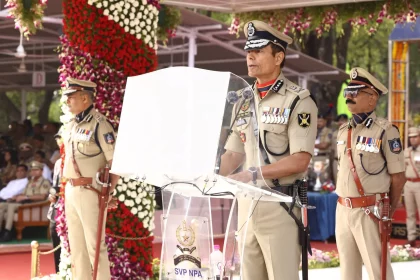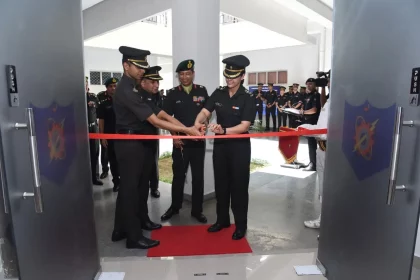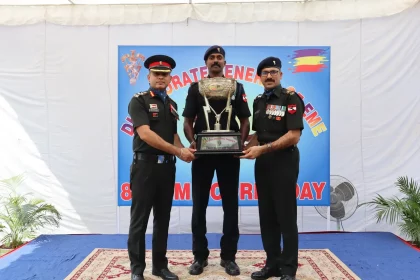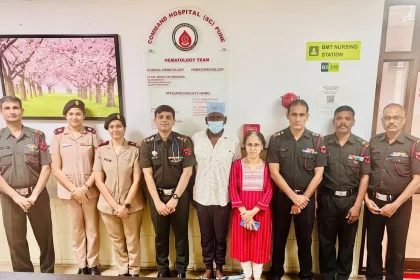Indian Army Strengthens Self-Reliance with New NGV Repair Hub in Ladakh
With this forward-looking initiative, the Fire and Fury Corps has set a new benchmark in operational logistics combining innovation, collaboration,…
Ms. Kirti Yadav IPS(P) Shines at SVPNPA 77 RR Passing Out Parade
As Ms. Kirti Yadav and her fellow officers of the 77 RR take their next steps into the field, they…
Daljit Singh Chawdhary DG BSF Reviews the Passing Out Parade of 77 RR (Batch 2024) of Indian Police Service
A total of 190 officers graduated, including 174 Indian and 16 foreign trainees.
Lt Gen Neeraj Varshney MCEME Commandant Launches ‘Dronalaya’ and ‘Yantralaya’ in Secunderabad
On the 83rd EME Corps Day, Lt Gen Neeraj Varshney paid tribute to fallen soldiers at the EME War Memorial,…
10 Corps Zone Workshop Adjudged Best EME Unit in the Indian Army
10 Corps Zone Workshop of Chetak Corps was declared the Best EME Unit in the Indian Army by DGEME, recognizing…
Command Hospital Pune Achieves 150th Bone Marrow Transplant Milestone
Command Hospital Pune successfully conducted its 150th Bone Marrow Transplant a Haploidentical Transplant in an elderly patient with Refractory B-Acute…

